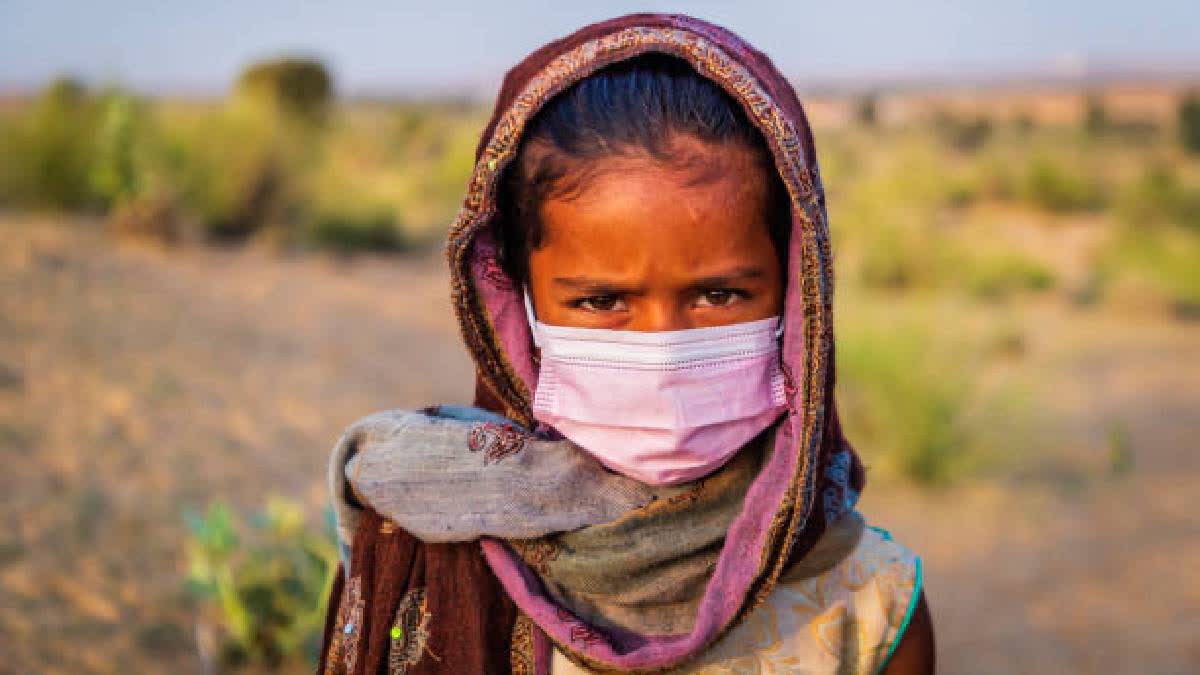New Delhi: As pollution levels surge across India, several cities continue to stand out for their relatively clean air quality, providing healthier environments for residents. While Delhi and other major urban centers experience alarmingly high air pollution, some cities have maintained low AQI levels through a combination of favorable geography and effective environmental policies.
At the forefront of this list is Gangtok (Sikkim), boasting an AQI of 16 on Friday, one of the lowest in India. Known for its pristine air, Gangtok benefits from natural ventilation and lower industrial activity. Other southern cities such as Ariyalur (Tamil Nadu), Shillog (Meghalaya) and Aizwal (Mizoram) also perform well, each recording AQIs of around 25. The cities’ coastal locations and greenery contribute significantly to this achievement, underscoring how geographical features can play a key role in air quality maintenance .
Aizawl in Mizoram (AQI 32) is notable for their clean air, partly due to their natural landscapes and limited industrial emissions. Gangtok in Sikkim and Nagaon in Assam, highlight the air quality benefits of green cover and mountainous terrain. Both cities maintain low pollution levels, showcasing the positive impact of regional greenery and lower population density .
Meanwhile, Madikeri in Karnataka, each with AQIs near about 50, illustrate how hill towns can sustain better air quality. Known for their coffee plantations and tourism appeal, these cities balance development with environmental preservation.
These cities’ achievements in air quality offer potential lessons for highly polluted areas. Urban centers facing smog challenges could benefit from adopting stricter emissions regulations and enhancing green spaces, drawing inspiration from these cleaner regions. As air quality continues to pose health risks, especially for vulnerable populations, sustainable practices like these become increasingly critical. With urbanisation rapidly progressing, the clean-air examples set by these cities underscore the need for proactive measures to preserve air quality nationwide.



